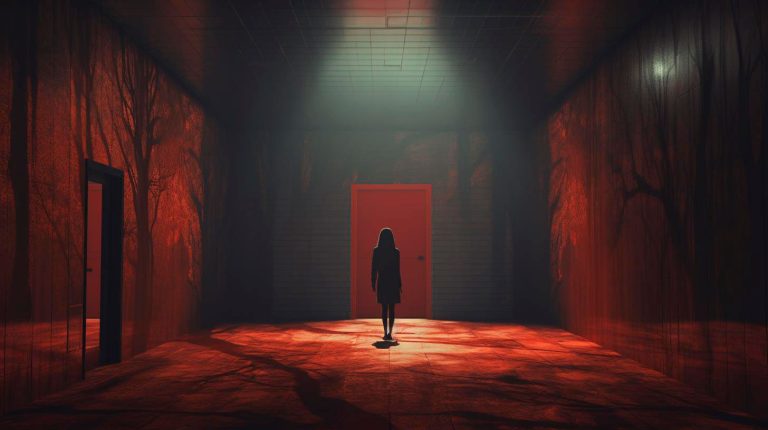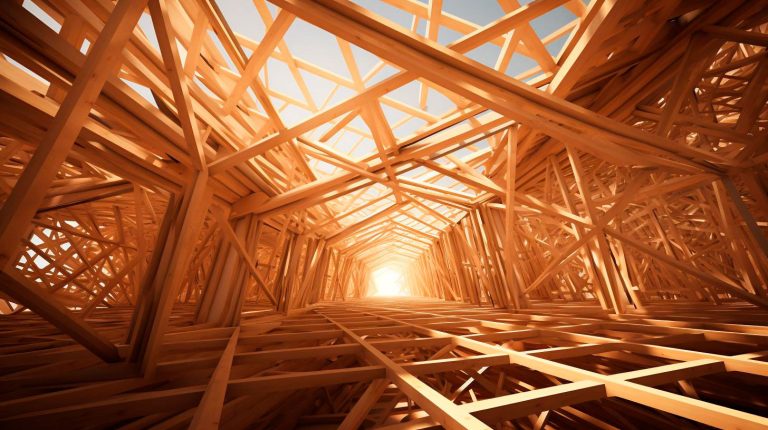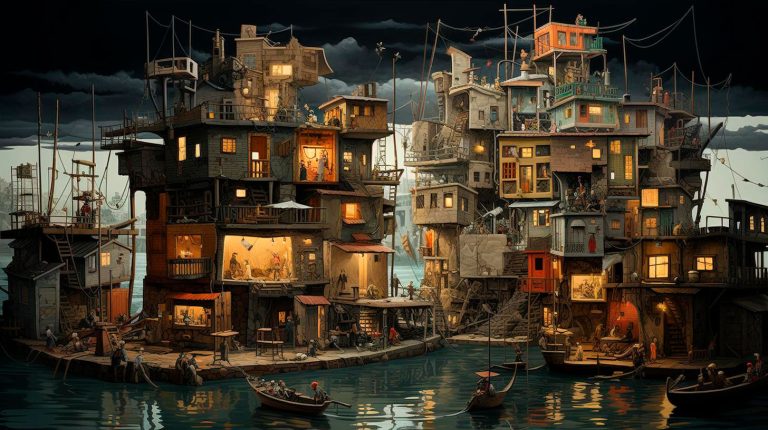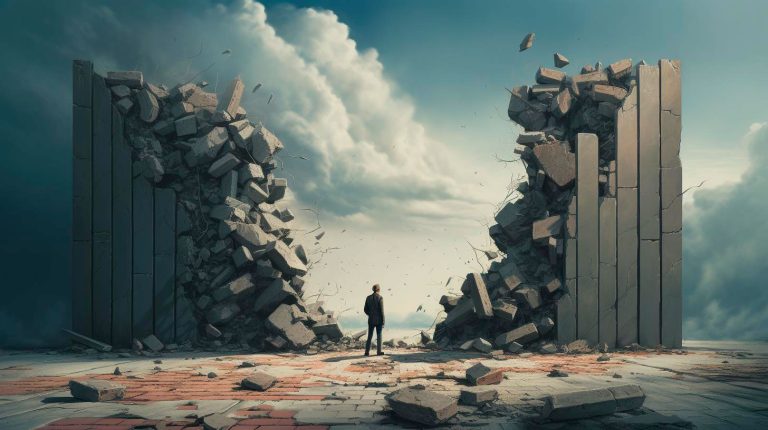In this article, we will dive into the world of vintage architectural photography, exploring its significance and the elements that make it truly captivating.
Understanding Vintage Architectural Photography
Vintage architectural photography can transport us back in time, providing a glimpse into the past. It showcases the magnificence of architectural structures from different periods, preserving our architectural heritage. By capturing unique angles, shadows, and detailed craftsmanship, vintage architectural photography encapsulates the essence of iconic buildings and transports viewers into a world of nostalgia.
Key Features of Vintage Architectural Photography
- Symmetry and Geometry: Vintage architectural photography often emphasizes symmetry and geometry, accentuating the balance and harmony of the structures.
- Textures and Details: Photographers focus on capturing the intricate textures and details of architectural elements, such as ornate carvings, decorative moldings, or grand staircases.
- Use of Natural Light: Vintage photographs often rely on natural light to beautifully illuminate the architectural structures, creating a dramatic and ethereal ambiance.
- Contrasting Tones and Shadows: The interplay between light and shadow adds depth and dimension to vintage architectural photography, highlighting the architectural forms.
The Significance of Vintage Architectural Photography
Vintage architectural photography holds immense value and plays a vital role in appreciating the history and cultural heritage associated with architectural landmarks. Here are some key advantages of studying vintage architectural photography:
- Preservation of Cultural Heritage: Vintage architectural photographs assist in preserving the memory of significant architectural landmarks, especially those that may have been lost to time or natural disasters.
- Inspiration for Modern Architecture: Studying vintage architectural photography can inspire modern-day architects and designers. It allows them to learn from the past, incorporating timeless elements into their contemporary creations.
- Documenting Architectural Evolution: Vintage architectural photography documents the evolution of architectural styles, showcasing the innovation and progression within the field.
- Appreciation of Craftsmanship: By highlighting the detailed craftsmanship of architectural structures, vintage photography helps us appreciate the dedication and skill required to create these magnificent works of art.
Key Takeaways
- Vintage architectural photography captures the beauty and essence of architectural structures from different eras.
- It emphasizes symmetry, geometry, textures, and details of the buildings.
- The use of natural light and contrasting tones and shadows adds depth and drama.
- Vintage architectural photography helps preserve cultural heritage and inspires modern-day architects.
- It documents the evolution of architectural styles and promotes appreciation for craftsmanship.
In conclusion, vintage architectural photography offers a captivating glimpse into the beauty of architectural structures through the lens of time. It allows us to appreciate the intricate details, craftsmanship, and cultural significance of these timeless creations. By studying and preserving vintage architectural photographs, we ensure that the architectural heritage of our past continues to inspire and awe future generations.
















+ There are no comments
Add yours